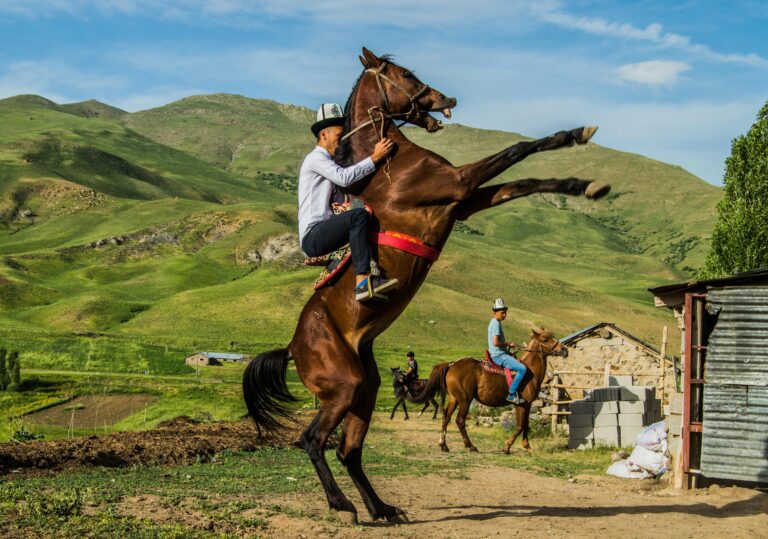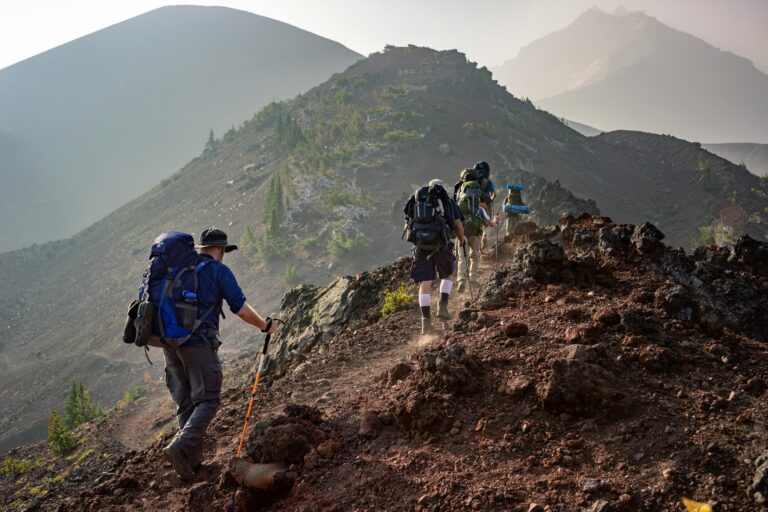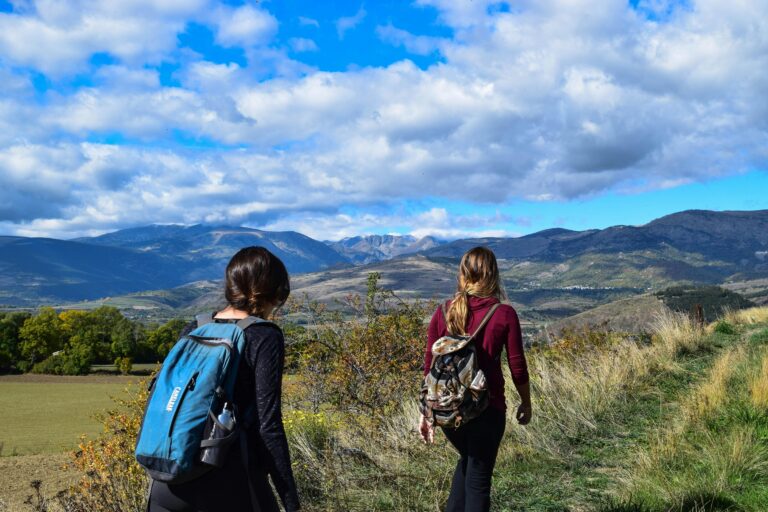When traveling to Kyrgyzstan, understanding the local currency is essential. The Kyrgyz som (KGS) is not only the lifeblood of the country’s economy but also a symbol of national pride. Whether you’re visiting bustling Bishkek or exploring remote mountain villages, having a grasp of the Kyrgyz money system will make your journey smoother.
This article takes you through the history of the som, current exchange rates, how to exchange money, the use of coins and banknotes, and practical currency tips for travelers.
جدول المحتويات
تبديلThe History of the Kyrgyz Som

The Kyrgyz som (сом) was introduced on May 10, 1993, replacing the Soviet ruble. This move was part of a broader post-Soviet economic reform, allowing Kyrgyzstan to regain control over its monetary policy after gaining independence in 1991.
The word “som” means “pure” in many Turkic languages, including Kyrgyz, reflecting the concept of pure gold or pure money. The introduction of the som was seen as a vital step in asserting the country’s sovereignty.
Initially, the som was issued in denominations ranging from 1 to 500 soms. Over time, new banknotes and coins were introduced to reflect inflation and modern banking needs. Today, the National Bank of the Kyrgyz Republic manages and issues the som.
Kyrgyz Banknotes and Coins
Kyrgyzstan uses both coins (tyiyn and soms) and banknotes. Here’s a quick breakdown:
Banknotes in Circulation:
- 20 som
- 50 som
- 100 som
- 200 som
- 500 som
- 1,000 som
- 2,000 som
Each banknote features famous Kyrgyz historical figures, poets, musicians, and scientists, along with elements of the nation’s rich cultural heritage and natural beauty.
Coins (Tyiyn and Som):
- 1, 3, 5, 10 tyiyn (rarely used today)
- 1, 3, 5, 10 soms (frequently used)
While coins are more common in local markets and public transport, most Kyrgyz people and businesses prefer using banknotes for everyday transactions.
How to Exchange Money in Kyrgyzstan
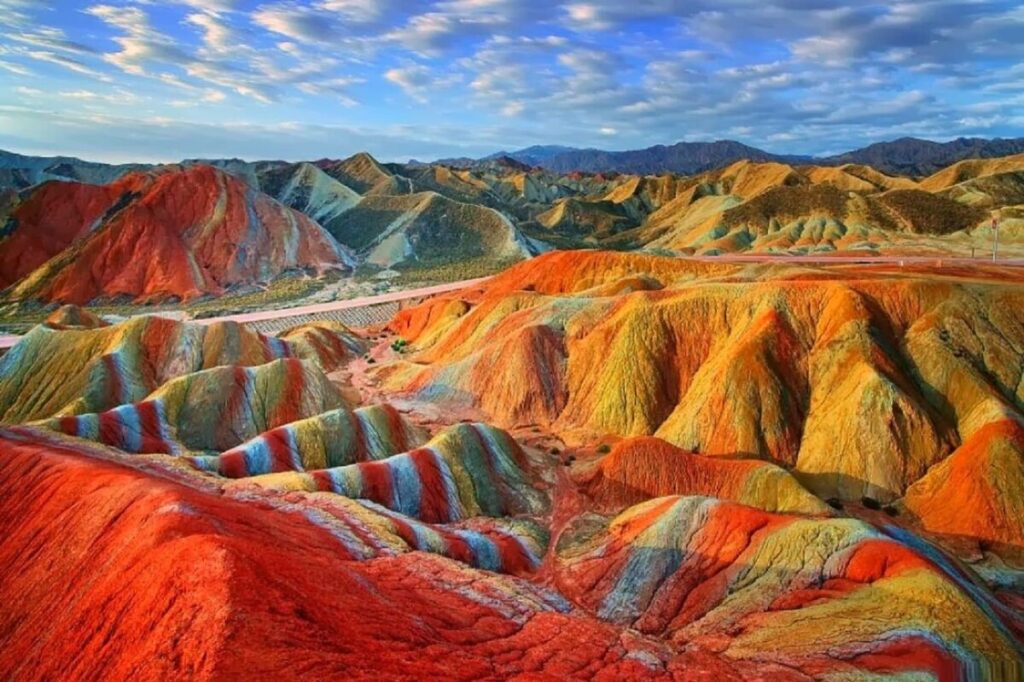
Exchanging money in Kyrgyzstan is easy, safe, and straightforward, especially in major cities like بيشكيك, أوش, and Karakol.
Where to Exchange Money:
- Exchange offices (obmen valyuty): These are widely available in city centers, shopping malls, and near bazaars. Rates are often better than banks.
- Banks: Offer official rates and are reliable, though often slightly less favorable than private exchange offices.
- ATMs: International ATMs are common in urban areas and accept Visa and Mastercard. They usually dispense in soms but may charge foreign exchange fees.
- Hotels and airports: These offer convenience but typically at a lower exchange rate.
Currency to Bring:
The most commonly exchanged currencies are:
- US Dollar (USD)
- Euro (EUR)
- Russian Ruble (RUB)
- Kazakhstani Tenge (KZT)
- Chinese Yuan (CNY)
- United Arab Emirates Dirham (AED) – accepted in larger cities and some upscale exchange offices
Ensure that your bills are clean, untorn, and not too old, especially if you’re exchanging USD or EUR.
Current Exchange Rates (Approximate as of July 2025)
- 1 USD ≈ 89 KGS
- 1 EUR ≈ 96 KGS
- 1 AED ≈ 24.2 KGS
- 1 RUB ≈ 1.00 KGS
- 1 KZT ≈ 0.19 KGS
- 1 CNY ≈ 12.2 KGS
Note: Rates fluctuate daily. Use currency exchange apps or check with the National Bank for the most accurate updates.
Credit Cards and Digital Payments
In big cities and tourist centers, credit cards (Visa, Mastercard) are accepted in:
- Hotels
- Large restaurants
- Supermarkets
- International bus stations
However, cash is still king in Kyrgyzstan. In rural areas, bazaars, and mountain regions, only soms are accepted. Always carry enough local cash when heading outside of cities.
Tipping and Bargaining
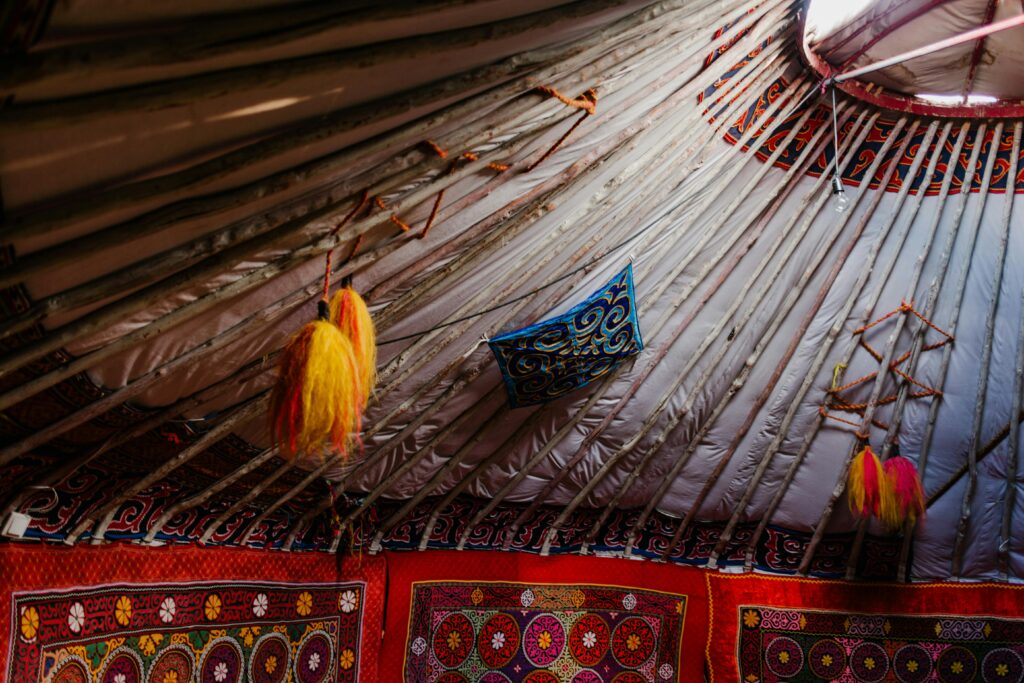
- Tipping is not mandatory but appreciated (5-10% at restaurants).
- In markets and with private drivers or guides, bargaining is common. Always agree on a price before the service.
Tips for Handling Money in Kyrgyzstan
- Bring USD or EUR for the best exchange rates.
- Exchange only at licensed offices — avoid black market deals.
- Don’t rely solely on ATMs in remote areas – carry extra cash.
- Always check bills received during exchanges, especially for counterfeits.
- Use wallets or money belts to keep money safe, especially in crowded bazaars.
Final Thoughts
The Kyrgyz som is more than just a means of payment — it’s part of the country’s identity and post-independence journey. Whether you’re hiking in the Tian Shan mountains, exploring bazaars, or sipping tea in a yurt, knowing how to handle Kyrgyz money will enhance your travel experience.
By exchanging wisely, carrying the right currency, and understanding local practices, you’ll make the most of your trip – and maybe even come home with a few beautiful Kyrgyz banknotes as souvenirs.


